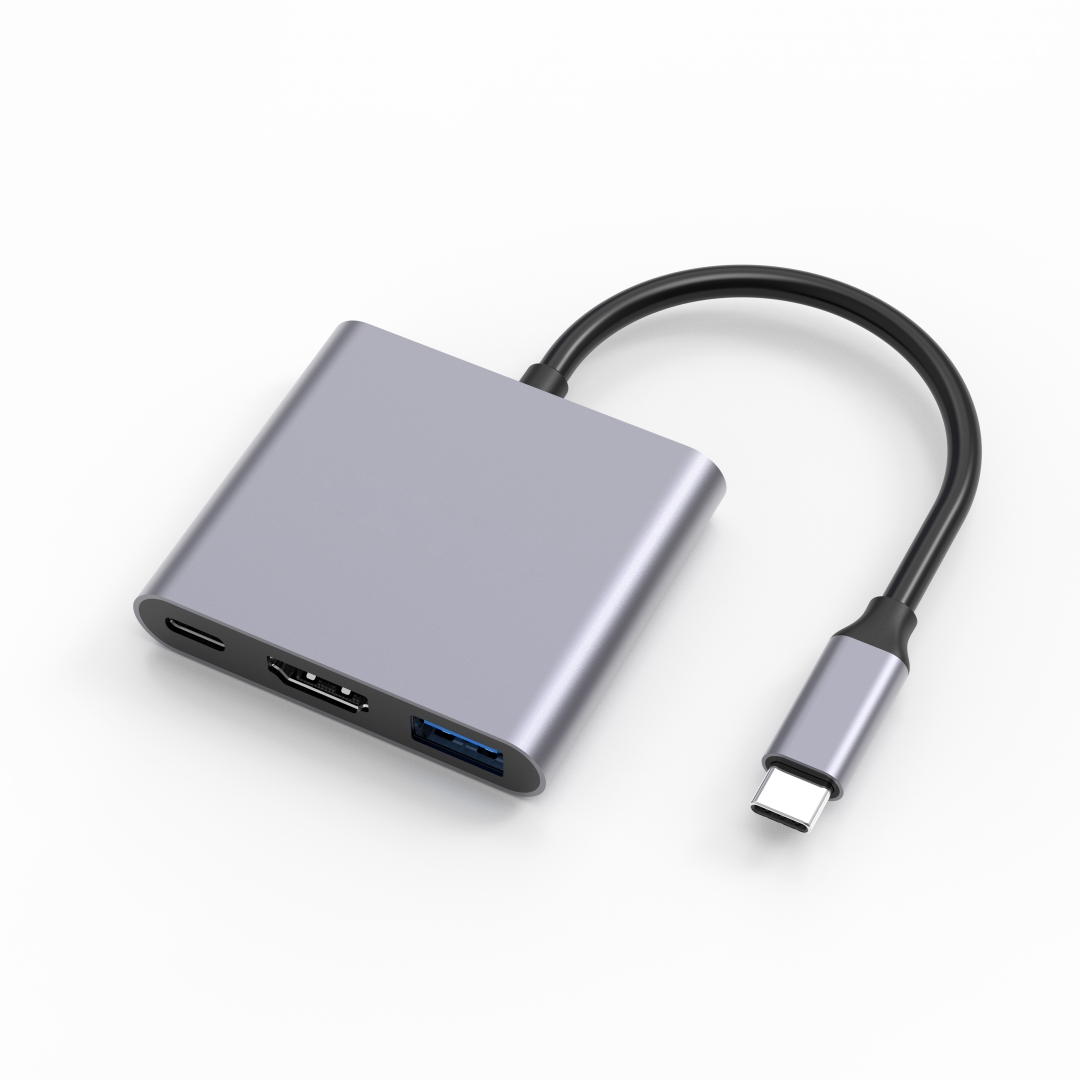Unveiling the Physical Aspects of a Computer Hub

A computer hub, also known as a USB hub, is a device that expands a single USB port into multiple ports, allowing users to connect various USB devices simultaneously. These hubs come in different shapes and sizes, but they all serve the same purpose – to increase the number of available USB connections for a computer.
1. Compact and Portable Design
Computer hubs are often designed to be compact and portable, making it convenient for users to carry them around. They usually feature a small plastic or metal casing that is lightweight and durable. Some hubs are as small as a USB flash drive, easily fitting into the pocket or bag of a user.
2. Multiple Ports for Versatility
A distinguishing feature of computer hubs is their multiple USB ports. These ports are typically located on the hub's body and allow users to connect multiple USB devices simultaneously. The number of ports may vary, with some hubs offering four ports, while others can provide up to ten or more.
3. LED Indicators for Status Monitoring
Many computer hubs are equipped with LED indicators that provide status information. These indicators light up when a USB device is connected or when data is being transferred. They help users monitor the connection status and ensure that the hub is functioning correctly.
Conclusion
In conclusion, a computer hub is a device that expands the number of USB ports available for users to connect various devices to their computers. It features a compact and portable design, multiple USB ports for versatility, and often includes LED indicators for status monitoring. With a computer hub, users can conveniently expand their USB connectivity options with ease.



